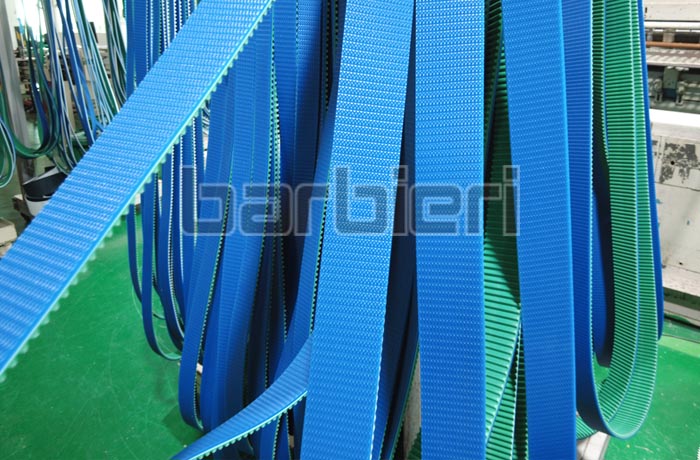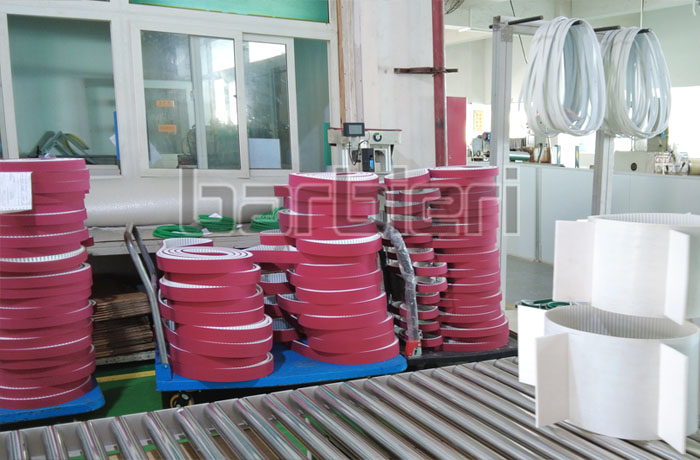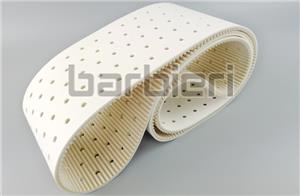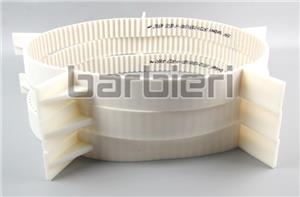How to judge whether the timing belt needs to be replaced, and under what circumstances does the timing belt need to be replaced
Timing belt is a consumable. The life of the timing belt depends on the combined influence of many factors. Under what circumstances does the timing belt need to be replaced? Many customers usually replace the belt when it is about to break in order to save costs, which can easily affect work efficiency.

Once the polyurethane synchronous belt appears in the following conditions, it should be stopped and replaced:
1. When the tooth surface is worn, the tooth shape is incomplete or there are missing teeth, the synchronous belt needs to be replaced. The wear and loss of the tooth surface will not only reduce the transmission efficiency, but also increase the equipment noise and even cause failures.
2. When the PU timing belt is torn and damaged, and the rope core is exposed, the synchronous belt needs to be replaced. This damage may cause the synchronous belt to break during operation, causing serious equipment failure. Once the synchronous belt is found to have obvious signs of tearing or damage, it should be stopped.
3. The synchronous belt is severely twisted, cannot be fully engaged, and needs to be replaced when it jumps. This distortion may be caused by the reduction of elasticity due to long-term use of the timing belt, or it may be caused by improper installation or equipment failure. In order to avoid further affecting the performance and work efficiency of the equipment, it should be replaced immediately.
4. When cracks or wear appear on the back of the timing belt, replacement should also be considered. Back cracks and wear may be caused by long-term exposure to harsh environments or abnormal loads. These abnormal wear will reduce the strength and life of the timing belt and should be replaced in time to ensure stable operation of the equipment.

All of the above abnormal conditions can be checked visually or using tools such as rulers. In order to ensure work efficiency and equipment safety, it is recommended that the timing belt should be replaced when these abnormal conditions occur, rather than waiting until the timing belt is about to break before taking action. This can not only reduce equipment failures and downtime, but also improve work efficiency and reduce maintenance costs.
- Polyurethane Timing Belt
- Annular Timing Belt
- Open-end Timing Belts
- AT-series Timing Belts
- T-series Timing Belts
- STD-series Timing Belts
- HTD-series Timing Belts
- RPP-series Timing Belts
- TT5-series Timing Belts
- Imperial Series Timing Belt
- Supported Polyurethane Flat Belt Series
- Double Sided Timing Belt
- ATN-series Timing Belts
- Timing Belt With Backing
- Timing Belt With Fabric
- Timing Belt Punching
- Polyurethane Self-tracking Timing Belt
- Polyurethane Belt With Profile
- Special Processing Timing Belt




